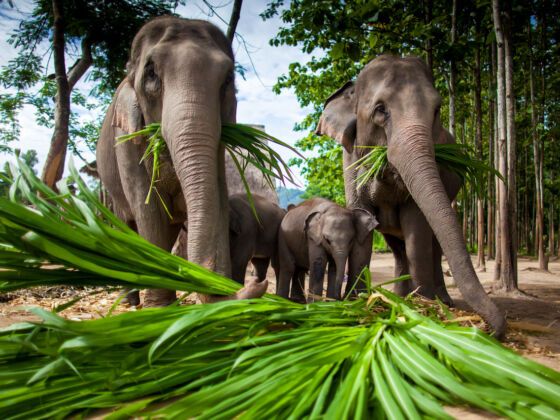BANGKOK, Thailand — On any given day in Thailand, tourists could be paying to climb atop an elephant that has previously trampled or gored a human being.
That’s not a fact you’ll find in glossy holiday brochures, which showcase travelers blissfully riding pachyderms as they lumber through the jungle. Nor do elephant handlers tend to mention to selfie-snapping tourists if their beasts have a history of violence.
